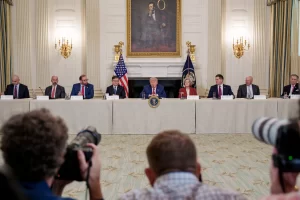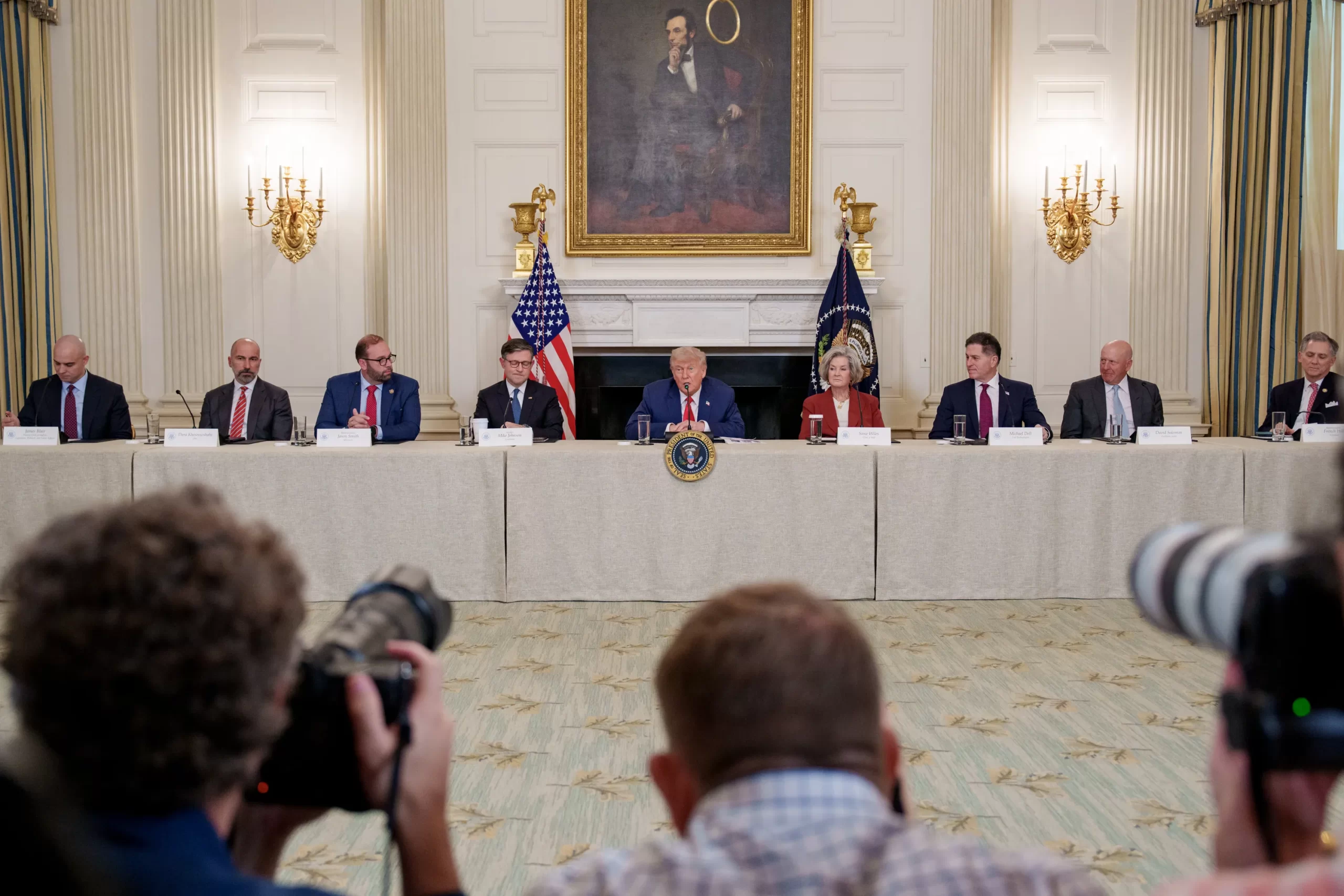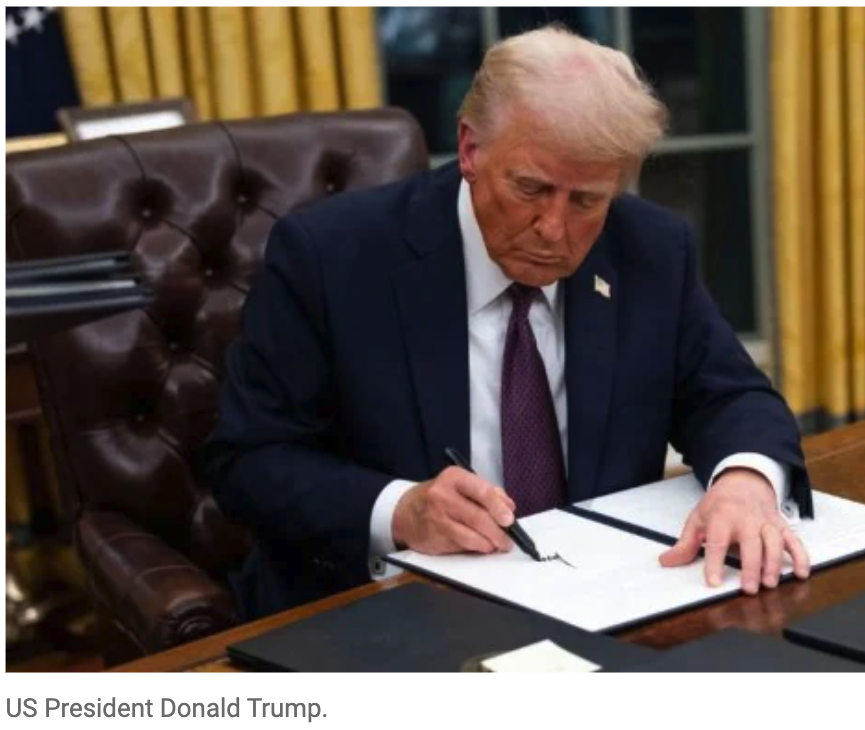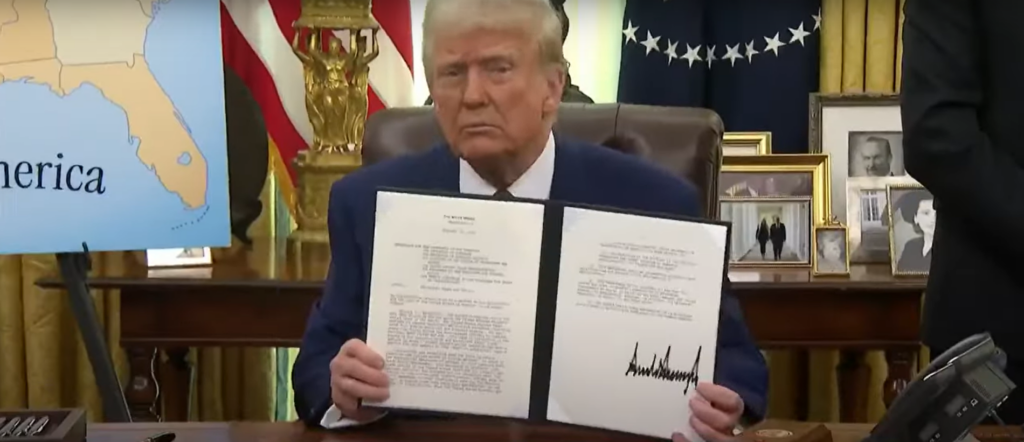As of February 14, 2025, President Donald Trump’s second administration has implemented several significant tariff policies:
Tariffs on Mexico and Canada: On February 1, 2025, President Trump signed executive orders imposing a 25% tariff on all goods imported from Mexico and Canada. A lower 10% tariff was applied specifically to energy exports from Canada, including electricity, natural gas, and oil, to “minimize any disruptive effects.” In response, both Mexico and Canada announced intentions to impose retaliatory tariffs on U.S. goods. However, on February 3, 2025, President Trump agreed to pause these tariffs for one month after both countries pledged to enhance border enforcement to curb drug trafficking into the United States.
Tariffs on China: The same executive orders from February 1, 2025, also imposed a 10% tariff on all goods imported from China. This move aligns with President Trump’s broader strategy to decouple the U.S. economy from China’s and address concerns over trade imbalances and national security.
Steel and Aluminum Tariffs: On February 10, 2025, President Trump announced a 25% tariff on all steel and aluminum imports to the U.S., effective March 12, 2025. This action eliminates previous exemptions and introduces a requirement that steel be “melted and poured” and aluminum be “smelted and cast” within North America to prevent countries like Russia and China from circumventing tariffs. An exemption for Australia is under consideration due to the U.S. trade surplus with the country.
Reciprocal Tariffs: On February 13, 2025, President Trump directed his staff to develop a plan for implementing reciprocal tariffs tailored to each country, considering factors such as existing tariffs, trade balances, and value-added taxes. Commerce Secretary Howard Lutnick indicated that a comprehensive plan would be ready by April 1, 2025. Economists estimate that such a policy could raise the U.S. weighted average tariff rate from 1.5% in 2022 to 4.8%.
These tariff measures reflect the administration’s commitment to reshaping U.S. trade policy, emphasizing economic nationalism, and addressing trade imbalances.













